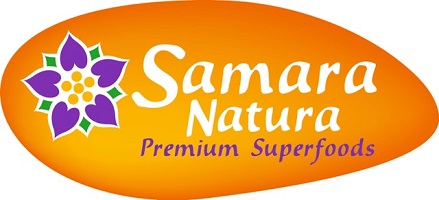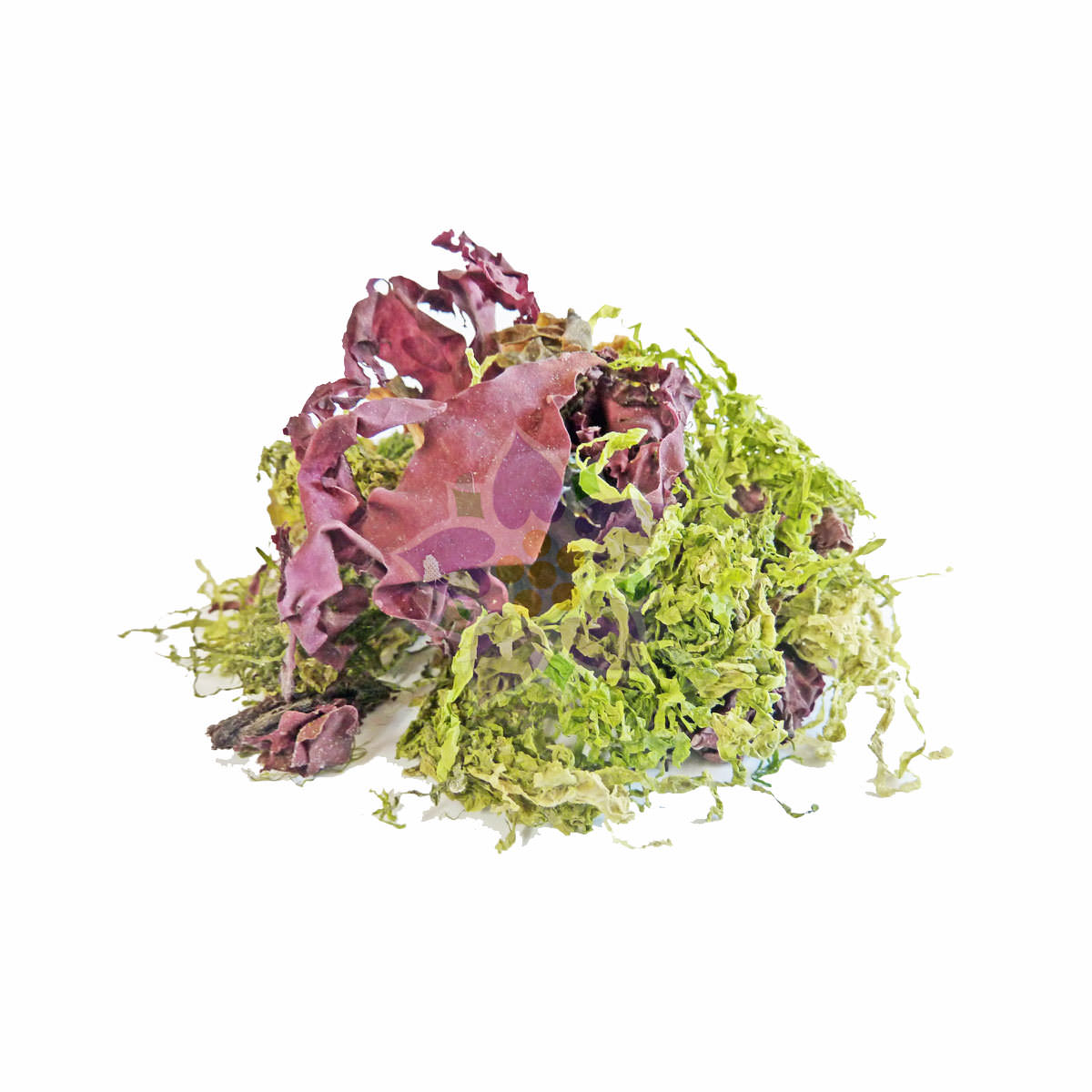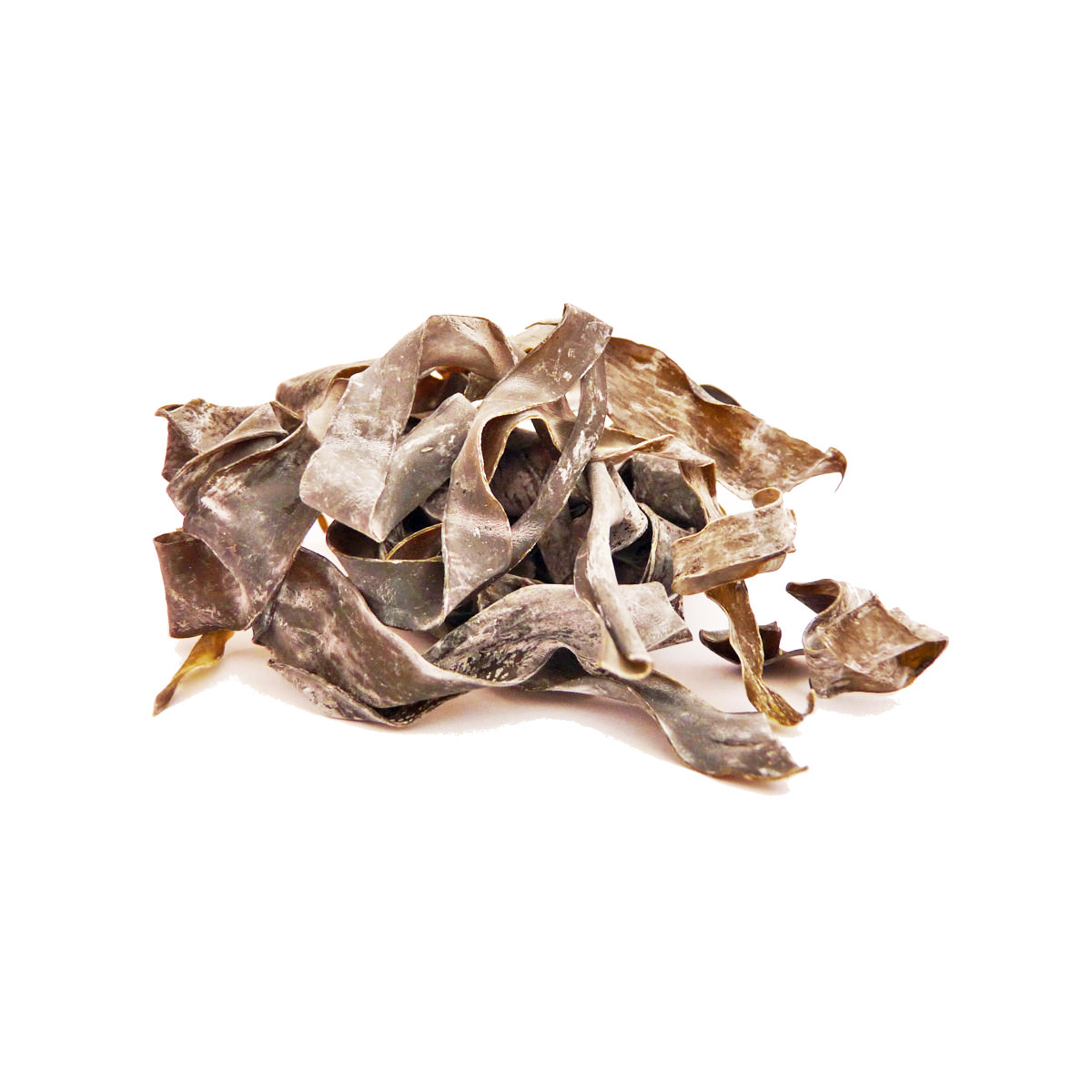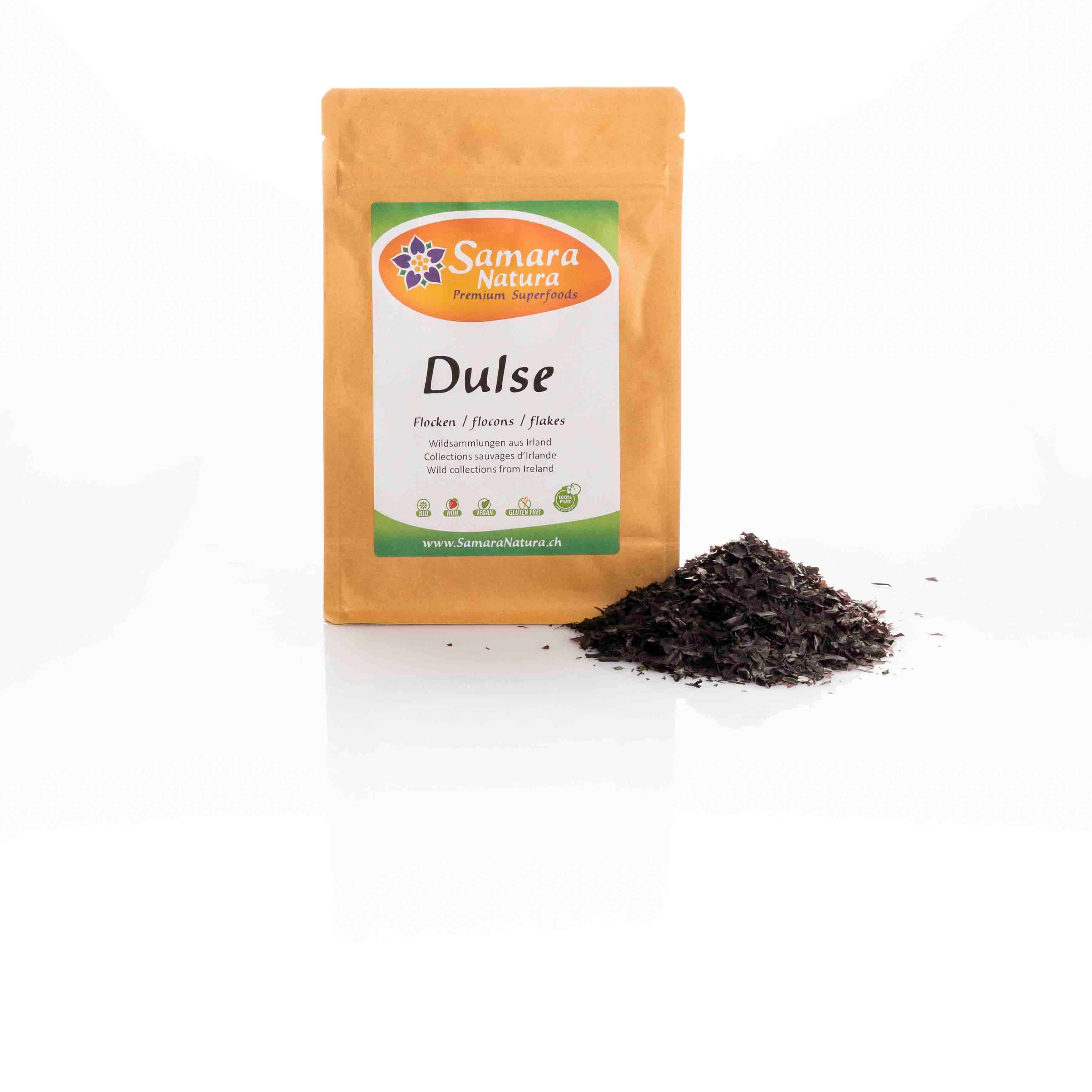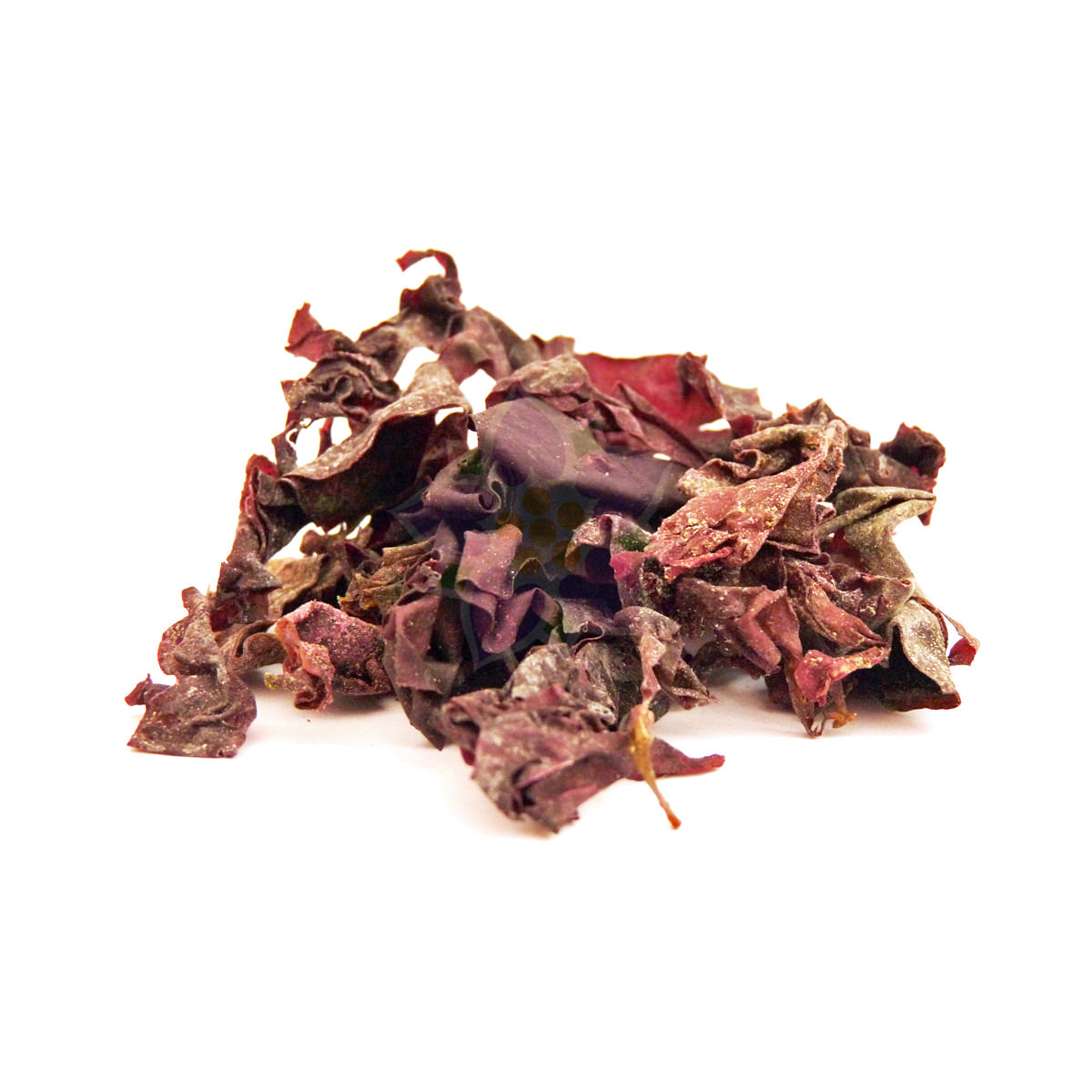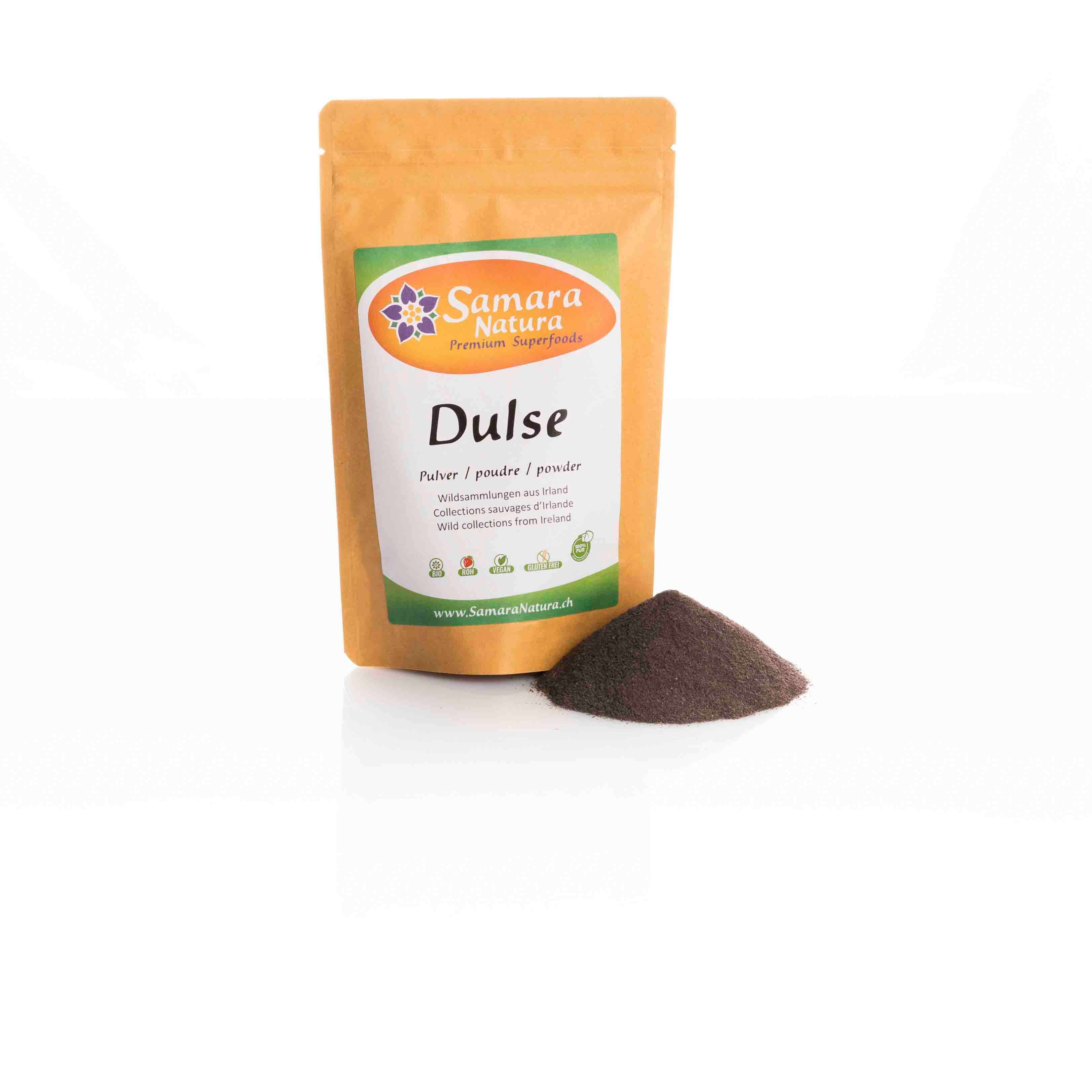Mixed Seaweed for Salad (Mix of 5 seaweed leafs) Bio
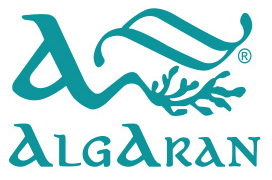
CHF 8.30*
Available again soon, see product description for details
Product information "Mixed Seaweed for Salad (Mix of 5 seaweed leafs) Bio"
Seaweed for salad
Sea vegetables in general
Sea vegetables are wild plants of the ocean that grow on coral reefs and rocky coasts, usually in salt water. Sea vegetables are enjoyed in many coastal regions around the world and enrich most dishes with flavour and nutrients.
Sea vegetables contain almost all the minerals and trace elements that the sea has to offer! In general, sea vegetables are an excellent source of calcium, iodine and sodium, a very good source of folic acid and magnesium and a good source of iron, potassium, vitamin B2 and B5. They also contain vitamin K and trace elements such as selenium and chromium, which are often lacking in land vegetables due to depleted soils.
When consumed regularly and over a long period of time, sea vegetables are said to help regulate metabolism and energy levels, stimulate the immune system, promote regular digestion, purify the blood and support the endocrine glands - especially the thyroid gland.
Sea vegetables are an ideal substitute for salt in the diet.
Seaweed for salad
This highly nutritious seaweed salad makes it easy to incorporate healthy sea vegetables into your daily diet. The seaweed salad contains Atlantic wakame, Atlantic nori, Atlantic kombu, Atlantic dulse and Atlantic spirulina.
Why we love seaweed for salad
We like them because you can simply add them to salads or vegetable dishes at the end of cooking without the flavour of seaweed being too noticeable, which is no bad thing! Seaweed is extremely low in calories and gluten-free. They are versatile and exceptionally nutritious.
SamaraNatura seaweed
Our sea vegetables are collected wild in the north-west of Ireland (Donegal) and harvested by hand. With the help of a cold air drying system, the seaweed is dried very gently and in raw food quality.
Use
It is best to soak the seaweed for one to two hours or overnight. Add to salads or vegetable dishes at the end of the cooking time.
Login
